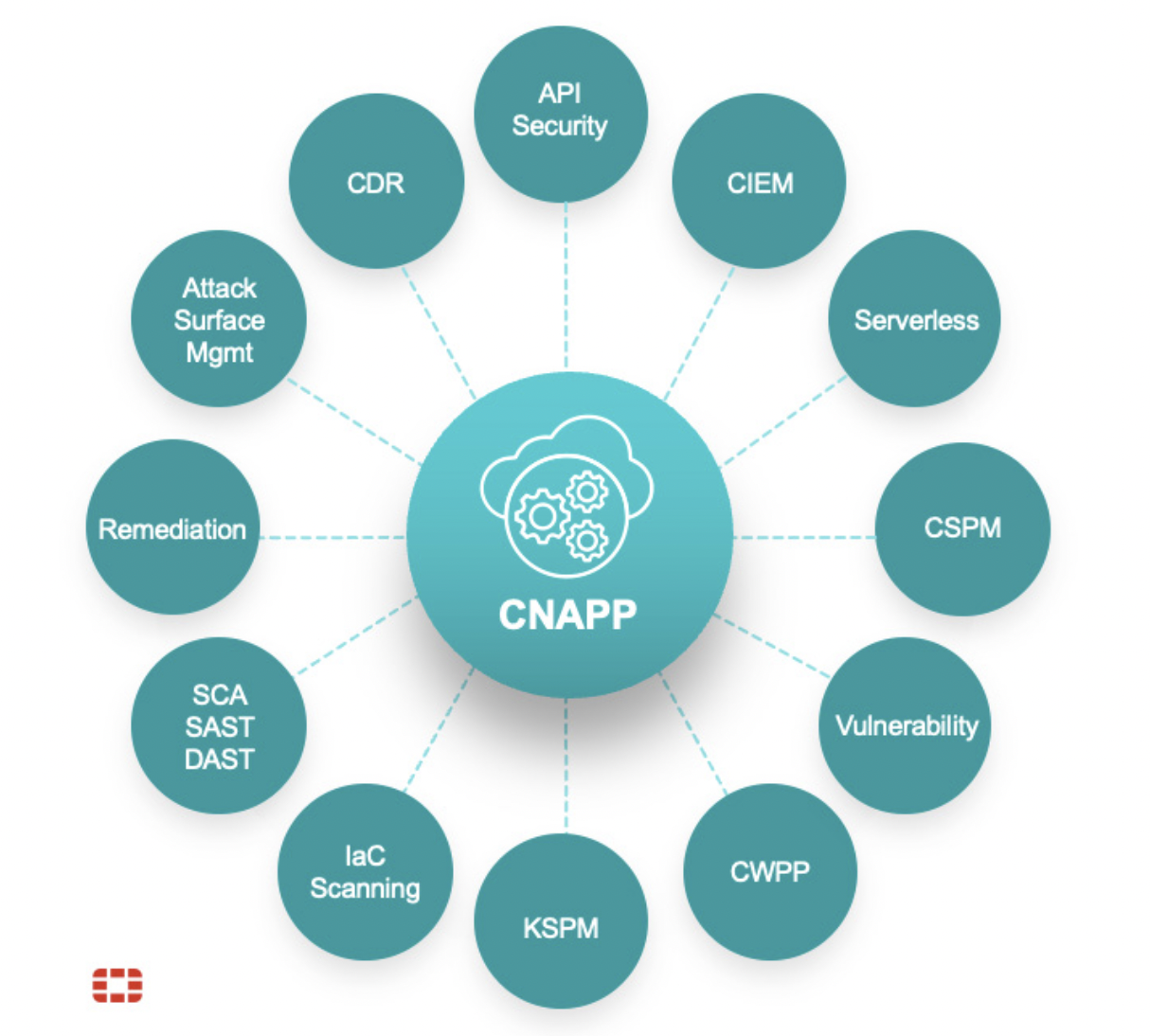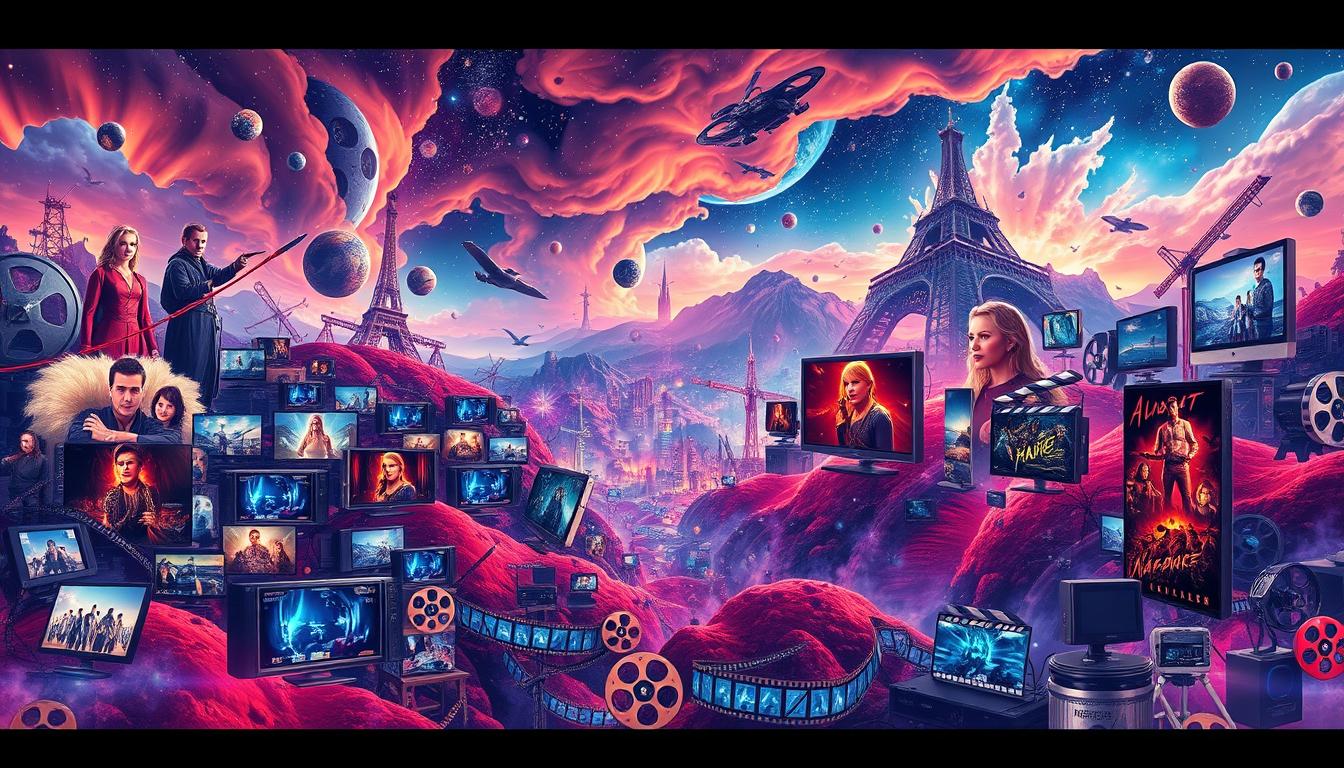Back when I first had the idea for this series, I had only been in Los Angeles for about a year, and I was having trouble finding art with what I call “spirit”. Because I didn’t know much about the scene, I didn’t really know where to look for work that felt as if it could possibly matter to anyone other than a handful of cool kids and art flippers. I guess it was the last hurrah for zombie formalism (although it’s still here too), and I couldn’t figure out whether I was just getting old and burnt out from years of running the rat race or whether too many of the galleries and collectors were just vapid and spineless. Honestly? I think it was both.
I doubted my own work as well, wondering whether this world–the Capital A Art World–is something I really believe in, whether I wouldn’t really be happier pumping gas in some mountain town in Oregon where they still do that, carrying on my own little invisible studio activity in an abandoned barn. How To Give a Shit succeeded for me in two ways:
Then the election happened (see HTGAS No. 7). Then the photos and videos of murdered and demoralized victims of war and violence kept spilling into my Facebook feed. Then my hero Leonard Cohen died. Then the Ghost Ship fire in Oakland happened. Then my car died. Maja and I continued to struggle financially. Then I visited family during Christmas in the areas surrounding Phoenix.
My mom and her overweight dachshund in her trailer. My dad and his wife in their RV. My sister, her husband, their three kids in their rather massive house with its movie theater downstairs, mounds of plastic and electronic Christmas presents piling up to what soon will be landfill sold to an impoverished country that kids my niece’s age will mine for pittance. My brother, his self-made business stolen out from under him by shady investors and con artists who understand better than he how business in America really works, now presently without permanent address.
What if I didn’t have access to or know about the arts institutions nearby in order to write this column? What if they ceased being funded? What if they vanished? Would it matter to anyone other than the few of us who dwell within?
I manage to sneak into the California African American Museum near USC about an hour before it closes. This is toward the beginning of December, before the holidays, before the trip to Arizona. The museum is a destination for me because the group show “The Ease of Fiction” features paintings by Meleko Mokgosi, an artist I first came across in an earlier Made in L.A. Biennial a couple years before I moved to LA. I rediscovered the work in a deeper, more patient way when I stumbled by accident into his solo show at Honor Fraser in 2014. It was the first show at a commercial gallery in Los Angeles that I was genuinely convinced wanted more than simply to be bought. When anyone asks me who my favorite contemporary artists are, Mokgosi is always on that list. I reserve a special place in my internal hierarchy for artists who face various histories squarely and systemically, and from that research and fully personal involvement develop a present-tense language that can move back and forth between analysis and poetry. Mokgosi’s work does this. Anselm Kiefer does it. William Kentridge. Marlene Dumas. Ann Hamilton. Shirin Neshat. Dario Robleto. To name a few.
If there is anything here with the kind of unexpected visual moment that the 2014 exhibition had, it would be in the singular white canvas, deliberately clouding its seated subjects. But if I were to describe it here, it would give a false sense of what I was actually paying attention to in the gallery at the time.
In fact, I was having some trouble focusing. There seemed to be something off about the lighting in the gallery. Examining the tracks on the ceiling, it looked as if there were plenty of cans, yet the canvases seemed dim and the light bizarrely reflective at the same time. Even if it were the case the lights weren’t perfect, it was odd to feel so distracted by it. I wondered how old the lighting system was. I thought about how few people were here at the museum. How I never really hear about CAAM. Who funds the museum? What if it wasn’t
here? Why couldn’t I just concentrate on the work itself? Was I failing to give a shit?
It’s worth noting that in one of the other galleries in the museum is an exhibition documenting the 1936 Olympics in Nazi Germany, featuring, among other non-white, non-European athletes, Jesse Owens. I wonder what it would have felt like watching him sprint for nine seconds across a finish line and win the gold medal, then to leave the arena, and step immediately back into the Nazi world. Do the Olympics have more or less meaning when they are staged within the Galactic Empire?
My niece is at that age when kids start to get good at imagining worlds and depicting them. When parents and teachers feel safe celebrating the use of their imagination for a rather brief time before the push toward conformity of thought becomes the most important organizing principal in their teens. An artist like myself hopes that this unselfconscious always-on notion-producing imagination valve might come to the fore before it goes into hibernation. Might even remain somewhat intact in their teens, and hopefully, in adulthood, comes into sharper focus after years of consumer-centric suburban sameness–that it is embraced, valued, and put to use.
We spend time going through her drawings and hand-made books. She shows me a favorite. “I had ideas NO ONE ELSE HAD!” she claims with pride.
And I believe it. An underwater volcano. The largest sea turtle I’ve ever seen. She’s looking at Manga now, so the eyes of her characters have more highlights and reflections than even the glassiest glass eyes could ever reflect. That’s her next big project, she says. To learn how to draw in the Manga style.
Then we look at some objects she made. She made a paper maché dachsund for my mom. And something using popsicle sticks and yarn. I ask her what it is. She doesn’t know. She did it for school. “It’s an Indian thing,” she says. The Indian thing in question is a God’s Eye, and after looking it up, I learn it originated with the Pueblos as a way of blessing the home of someone receiving it. I don’t know whether there was any explanation or context given when she made it, but either way, my own experience in the Phoenix suburbs tells me that even if there was, in general, a troublesome gap exists between the experiences of living within the beige stucco-walled, red-roof-tiled sprawl and that of living on Indian land. Troublesome because the Gila River Indian Reservation is separated from where we used to live—pretty much where my sister lives now—only by Pecos Road. In fact, it wasn’t infrequent that I, as a teenager, would jump the wall of our backyard, cross the street, and do something like bring the BB gun and some cans to shoot on the vast empty dirt land belonging to the tribe. In those four years, I never once came into contact with a single Native American person living there, yet we had kachina dolls as decorative objects in our house, and some of our neighbors used faux pottery shards mixed into rocks and tiles as an aesthetic solution for landscaping.
…There is a pre-history of cinema, the darkened hall, the flickering image…
It is in the very limitations and leanness of shadows that we learn, in the gaps, in the leaps to complete an image, that we perform a generative act of constructing the shape—recognizing a horse, a box, a bed roll, a crutch, a typewriter. The very leanness of the illusion pushes us to complete the recognition—and this prompts an awareness of the activity, recognizing in this activity our agency in seeing, and our agency in apprehending the world.
William Kentridge, from the Norton Lectures, Harvard University, 2012.










